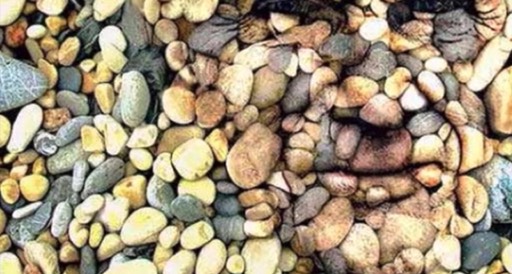The Cappella Sansevero, a chapel in the historic center of Naples, Italy, is one of the most awe-inspiring spaces on Earth. Everywhere you look, you are confronted by marble statues of astonishing beauty, a bevy of masterpieces from 18th century Italian artists that have left visitors scratching their heads in wonder for hundreds of years. How can such intricate works possibly have been carved from marble slabs?

Image credits: SomaSantutxu
Il Disinganno (Disillusion or Release from Deception), the classical art masterpiece of Genoese artist Francesco Queirolo, is one piece in particular that leaves patrons puzzled. It portrays a man breaking free from a delicate, elaborately carved net, helpfully assisted by the presence of a winged angel. According to the museum’s website, the sculpture is steeped in symbolism.
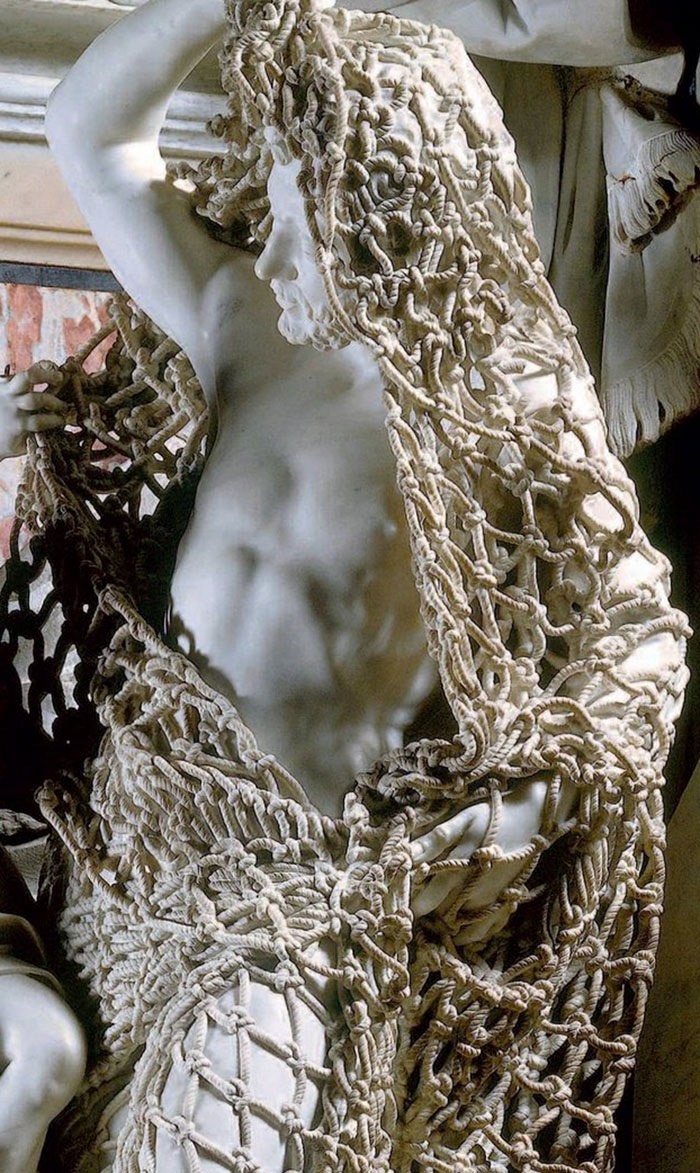
Image credits: SomaSantutxu
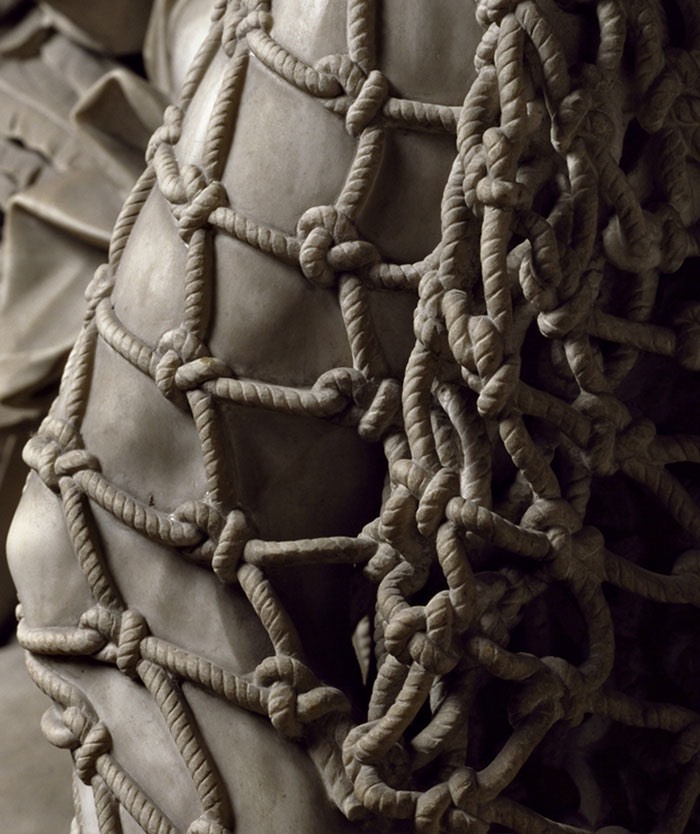
Image credits: SomaSantutxu
“The group of white marble sculptures describes a man who has been set free of sin, represented by the net into which the Genoese artist put all his extraordinary skill,” they write. “A little-winged spirit, with a small flame on his forehead, a symbol of the human intellect, helps the man to free himself from the intricate netting while pointing to the globe at his feet, symbol of worldly passions. An open book rests on the globe; it is the Bible, a sacred text, but also one of the three “great lights” of Masonry. The bas-relief on the pedestal, with the story of Jesus restoring sight to the blind, accompanies, and strengthens the meaning of the allegory.”

Image credits: museosansevero

Image credits: museosansevero
“In his book Istoria dello Studio di Napoli (1753-54), Giangiuseppe Origlia rightly defines this marble stone statue as ‘the last and most trying test to which sculpture can aspire.’ The reference is naturally to the virtuoso work on the net, which amazed famous eighteenth- and nineteenth-century travelers, and continues to astound tourists today.”

Image credits: iamalsout
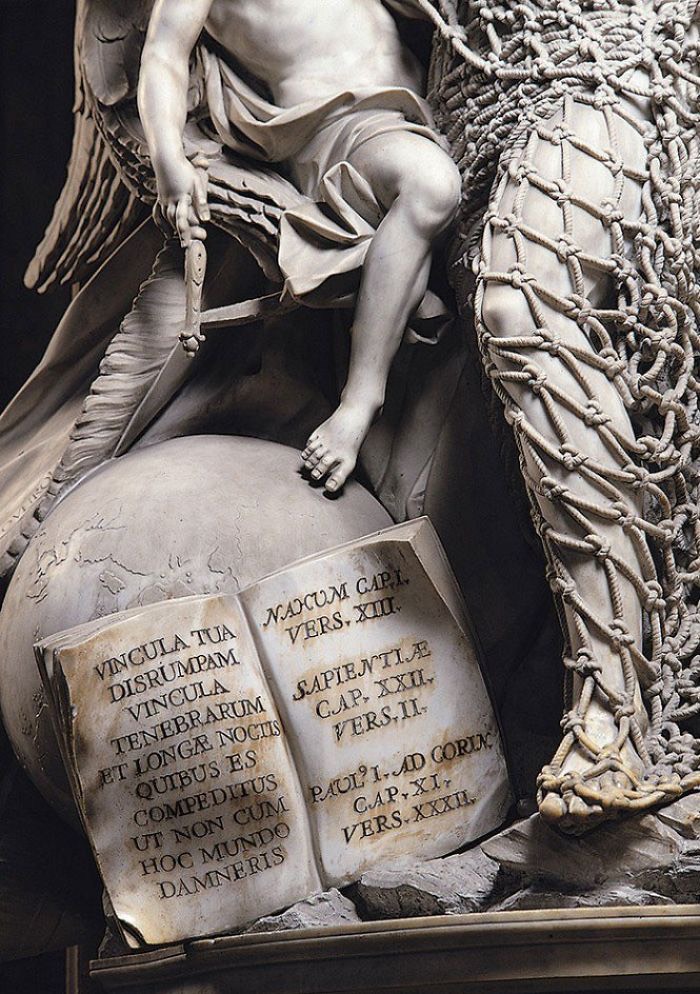
Image credits: ancienteurope
“In this regard, the story goes that – as had already happened to the famous sculptor years before, when he was working on another statue – the sculptor had to burnish the sculpture with pumice personally. The craftsmen of the period, though specialized in the burnishing phase, refused to touch the delicate net in case it broke into pieces in their hands.”
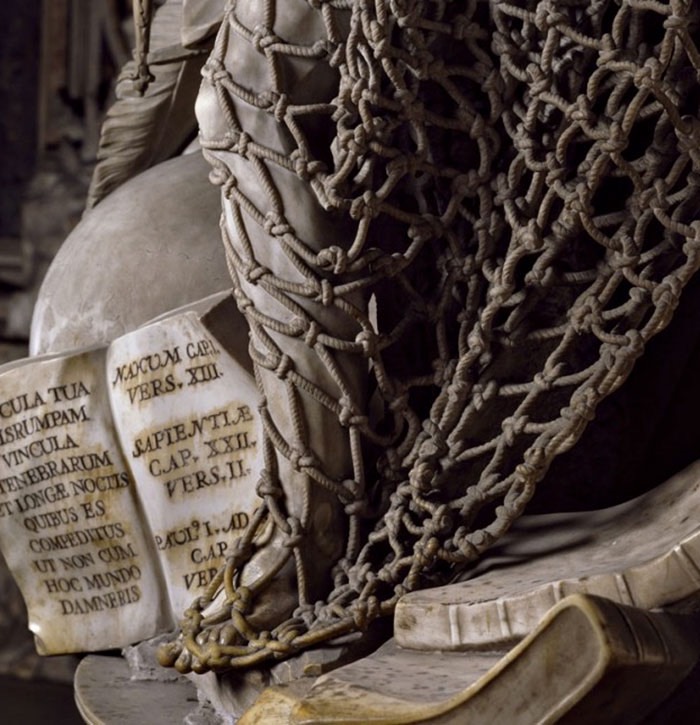
Image credits: iamalsout

Image credits: museosansevero
Other notable masterpieces among the 28-piece Italian art collection include The Veiled Truth (Pudicizia, also called Modesty or Chastity) which was completed by Antonio Corradini in 1750 as a tomb monument. and the 1753 Christ Veiled under a Shroud (also called Veiled Christ), by Giuseppe Sanmartino, which shows the influence of the veiled Modesty.
Modesty

Image credits: museosansevero
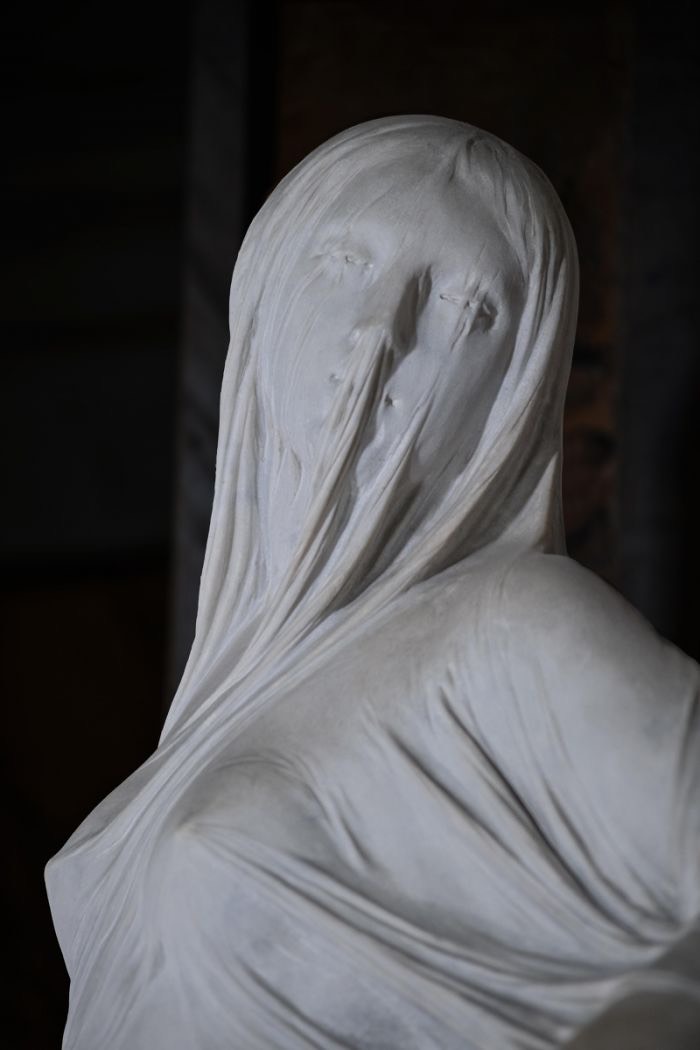
Image credits: museosansevero
Education
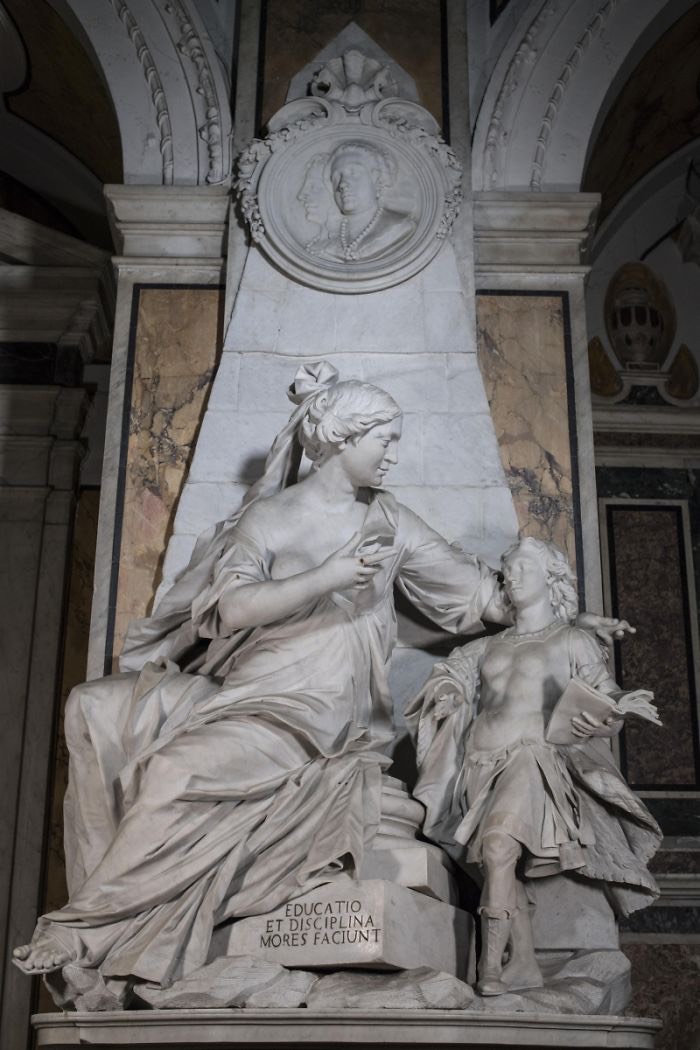
Image credits: museosansevero
The Statue

Image credits: museosansevero
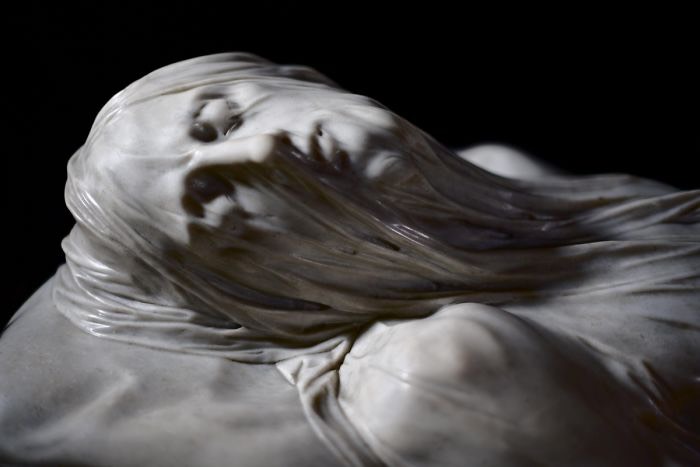
Image credits: museosansevero
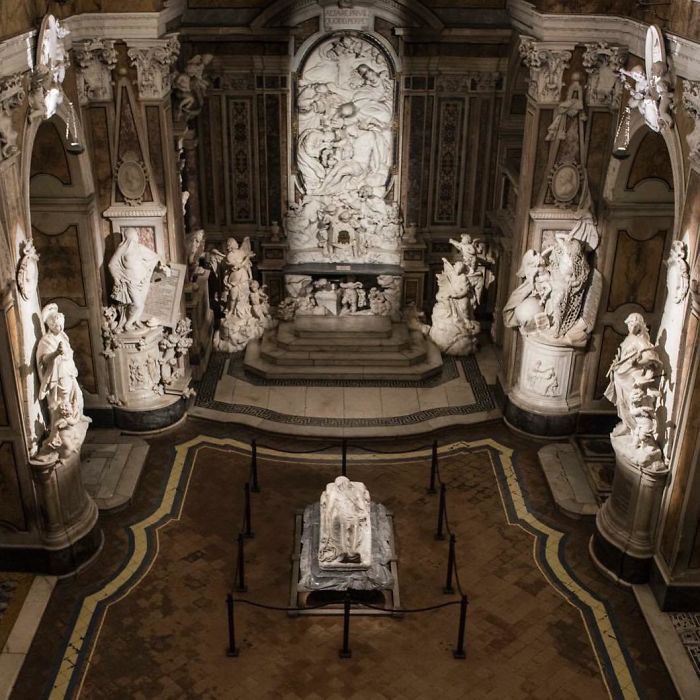
Image credits: museocappellasansevero
So if you’re in the region and are considering visiting the fascinating city of Naples (also known for the nearby ruins of ancient Pompeii, a brilliant football team and the best pizza in the world), you must certainly have this amazing place at the top of your list!
Here’s what people had to say about the breathtaking sculptures








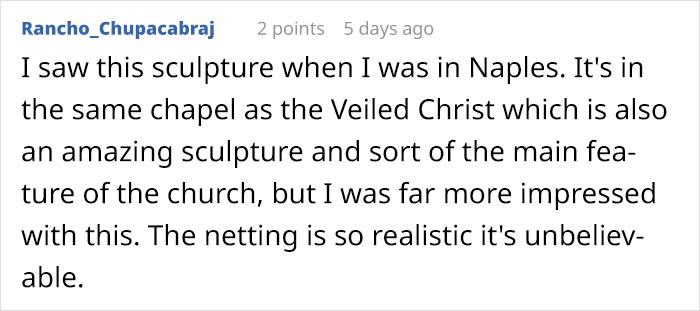
If you liked this post, share it with friends and family! ;)
